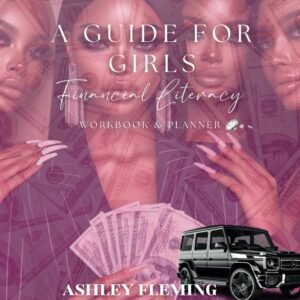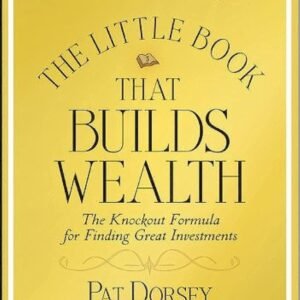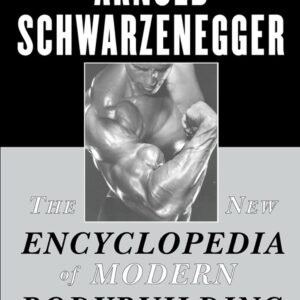Back in 2023, I wrote an article about women’s banking history. Over the prior few years, I had noticed a ton of people proliferating the myth that women couldn’t have their own bank account in America until either the 1960s or 1974. I knew that to be false information from my own family’s history, so I did a deep dive.
The 1974 myth made a tiny bit of sense. That was the year the Equal Credit Opportunity Act passed in America. This was a law that gave women the right to apply for a credit card in their own name — even if they were married — and generally made it illegal to discriminate against credit applicants, including on the basis of gender.
It did not apply to checking or savings accounts directly, aside from the fact that banks are usually the institutions that issue credit cards. It just so happened they also issued deposit accounts.
The 1960s myth made zero sense, though. I had no idea where it was coming from.
We sit here two years later, and the article’s still extremely popular. Readers have contributed their own thoughts and historical research on the topic. The helpful comments get published. They’re worth a read on their own.
Recently, one came in noting that the 1960s myth was probably confusion with a law that passed in Canada in 1964.
And wouldn’t you know it? I think the commenter was right. I did some more research and noticed that American search results were populating Canadian data for the U.S. on the deposit account side of things, and Canadian search results were populating American laws on the credit card side of the equation.
These errors are repeatedly parroted by writers on big sites. Sites owned by credit unions. Some of the biggest banks in the country. And also by overly-confident Instagram users, who now rank highly in some of these algorithms.
So today, we’re going to break down some of these errors. And say something that shouldn’t need to be said:
Canada is not America.
1964: Women can open their own bank account in CANADA.
In 1964, Canada passed a law that required women to be allowed to open their own bank account without a husband or other male relative’s signature.
That did not happen in America.
That happened in Canada.
I don’t want to reiterate the original article too much, but in America, this specific right wasn’t explicitly federally legislated. It became culturally normative in waves across the country, sometimes being enshrined in state law. The earliest explicit state law (but not earliest cultural practice) happened in California in 1862. Opening a bank account was a thing women could do in a lot of states at a lot of banks for a long time prior to the 1960s. In some cases, it was happening prior to the 1860s.
One of the articles that erroneously assigned the 1964 right to American women cited the Civil Rights Act, likely confusing it with the passage of the Canadian women’s banking law in the same year. This confusion is culturally concerning, as a lot of American women’s banking and property rights were asserted for the benefit of white women, often in explicit opposition to the rights of Black Americans.
The Civil Rights Act was the direct result of the labor of Black Americans, and in the end it did also end up benefiting white women. Just not necessarily in the realm of checking account access.
I’m not saying the gender protections in that specific American law shouldn’t exist. It’s a positive thing that they do.
But we can’t ignore the twists and turns of that history.
A lot of the comments on the original article that aren’t as helpful and don’t get published are written by women who are upset in one way or another that the article points out the racism inherent in America’s banking laws.
That upset is further evidence of the continued need to prioritize the nuances of the actual history over the mythology of blanket victimization.
Again, I’m not saying there wasn’t any gender discrimination in women’s banking prior to the 1960s, or even that gender discrimination in banking doesn’t exist today. But to say that no American woman could open her own bank account prior to the 1960s is historically inaccurate.
And likely stems from confusion with another sovereign country’s independent laws for its own population.
1974: The Equal Credit Opportunity Act passes in AMERICA.
I was shocked when I looked at the Canadian search engine results. A similar thing was happening, but on the other side of the equation. Depending on how you pose your query, many of the results make it appear that the Equal Credit Opportunity Act gave Canadian women the right to apply for credit independent of her husband (or any other type of gender discrimination) in 1974.
But it didn’t.
The Equal Credit Opportunity Act is an American law.
Now, I’m not quite as familiar with Canadian history, but from what I can dig up, it appears that there was a Canadian law passed in 1977 that may have achieved the same ends. It’s called the Canadian Human Rights Act, and it casts a wide net.
Originally it said you couldn’t discriminate against someone on the basis of race, religion, national origin, ethnic origin, physical disability, pardoned conviction, or sex or marital status. There were some additions made over the years, like sexual orientation in 1996 and gender identity and expression in 2017.
This law applies to any industries the federal government regulates — like banks who issue credit cards.
So if my read on the Canadian law is correct, that means Canadian women got explicit laws on the books for deposit account rights at the federal level, and de facto laws for credit card applications.
American women — at least at the federal level — had a bit of a reverse experience.
The internet can be wrong.
I am seeing so many people lately — especially young people — blindly trust the first thing that pops up in the search results. These days, that’s generally something populated by generative AI.
And a lot of times, it’s wrong.
On this particular issue, it’s consistently wrong unless you put in extremely specific inputs. In order to enter these specific inputs, you would have to already know the answer to the question you’re asking.
Writers are also fallible. Like I said, this misinformation is something you can easily find on sites you would assume have women’s banking history down pat. Like banks. But if whoever is writing the article assumes the search results they’re seeing on page one are 100% accurate without posing further inquiries, that bad information can end up in reputable publications.
I, myself, am a fallible writer. Especially when I’m considering a legal system that’s foreign to me. If you’ve got any holes to poke in my analysis, leave them in the comments. I’ll publish the helpful ones. 😉




















Leave a Reply